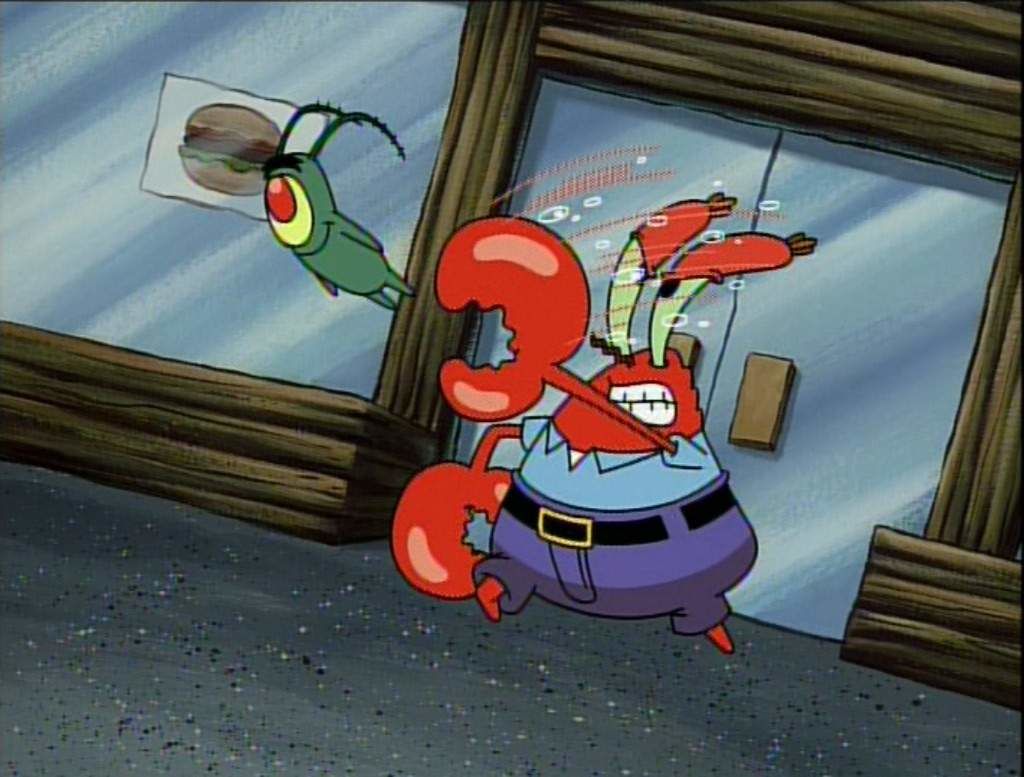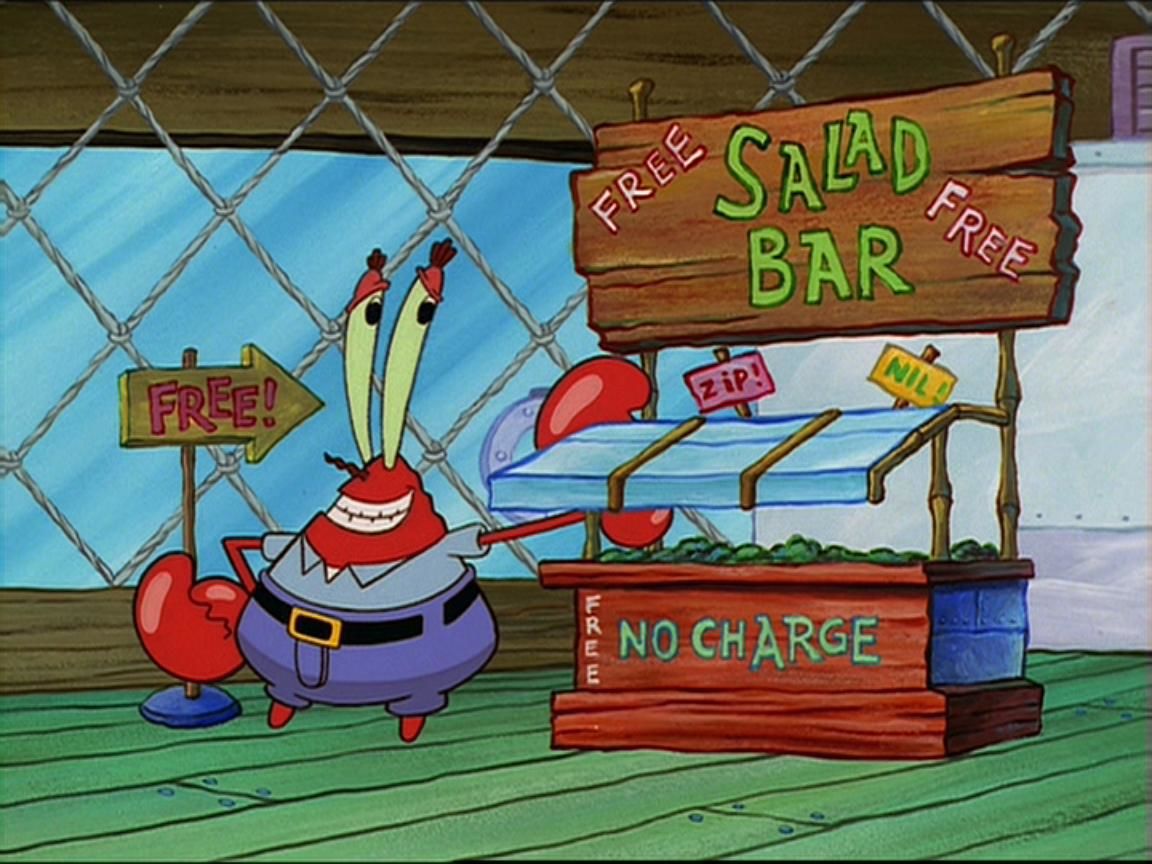Die Meere bedecken weite Teile unseres Planeten und sind zu großen Teilen noch unerforscht. Auch deshalb gibt es in der Meeresforschung besonders viele Projekte, bei denen Bürger den Wissenschaftler helfen, Daten zu sammeln.
Über 70 Prozent der Erdoberfläche sind von Wasser bedeckt. Eine Menge Arbeit für Meeresforscher. Viele Zusammenhänge sind noch unklar und um verlässliche Aussagen über den Lebensraum Meer zu treffen, müssen Wissenschaftler viele Millionen Daten auswerten. Gemeinsam mit Bürgern geht das schneller und beide Seiten haben etwas davon. Die Wissenschaftler erhalten Hilfe bei der Datenauswertung und die Bürger lernen etwas über den Lebensraum Meer. Dadurch wird ihr Wissen über Ozeane und Flüsse gefördert. Und nur wer die Zusammenhänge versteht, weiß wie wichtig dieser Lebensraum für uns alle ist.
PlanktonID – fragile Wunderwesen im Fokus
Im Meer schwimmt, kaum sichtbar Plankton. Meeresforscher unterscheiden vor allem zwischen Zooplankton, tierischen Kleinstlebewesen und dem Phytoplankton, Organismen, die Photosynthese betreiben können. „Die Hälfte des globalen Sauerstoffs wird von Phytoplankton produziert“, erklärt Rainer Kiko die Bedeutung der Organismen für die Atmosphäre. Zudem nimmt Plankton Kohlendioxid auf. Der Kohlenstoff wird dann durch verschiedene Mechanismen in die Tiefe transportiert und so Kohlendioxid der Atmosphäre entzogen. Kiko forscht am GEOMAR, dem Helmholtz-Zentrum für Ozeanforschung in Kiel. Dort hat er PlanktonID entwickelt, ein Bürgerwissenschaftsprojekt. Bei PlanktonID werten Bürgerwissenschaftler Bilder aus, die eine Unterwasserkamera von Plankton schießt. Der Underwater Vision Profiler, so der Name der Spezialkamera, fotografiert alle paar Sekunden ein Bild, während er an einem Seil bis zu 6.000 Meter in die Tiefe gelassen wird.
 Rhizaria. Bild: Tristan Biard
Rhizaria. Bild: Tristan Biard
Derzeit erforschen die Wissenschaftler eine ganz besondere Sorte Zooplankton: Einzellige Tierchen der Gruppe Rhizaria in sogenannten Auftriebsgebieten. „Auftriebsgebiete liegen an den Westküsten der Kontinente. Hier weht der Wind oft parallel zur Küste und in Kombination mit der Erdrotation bewirkt diese Konstellation, dass nährstoffreiches Wasser an die Oberfläche kommt“, erklärt Projektleiter Rainer Kiko. Ideale Bedingungen für die Plankton-Organismen. Erst die Kamera macht eine genaue Untersuchung über das Vorkommen von Rhizaria möglich. „Vorher wurde das Plankton mit Netzen aus dem Meer gefischt und dabei wurden die empfindlichen, oftmals wunderschönen Rhiziaria zerstört. Schon jetzt ist klar, dass Rhizaria viel häufiger vorkommen als angenommen. Und damit eine viel größere Rolle für unser Klima spielen könnten.“
Spielerisch auf Planktonjagd
Hunderttausende Bilder der Unterwasserkamera müssen die Wissenschaftler auswerten, um exakte Aussagen über das Vorkommen zu machen. „Der Computer kann das zwar auch“, so Meeresforscher Kiko, „erkennt aber 40 Prozent falsch.“ Menschen sind da erfolgreicher. Gut 600 Laienwissenschaftler beteiligen sich an PlanktonID und werten Bilder aus den Meerestiefen aus. Auf der Webseite des Projekts PlanktonID können sich die Bürgerforscher anmelden und die Plankton-Bilder auswerten. Das ist ganz einfach: rechts auf der Seite sind vier Beispielbilder eines gesuchten Planktons und eine Beschreibung. In der Mitte des Bildschirms sind 16 Bilder der Unterwasserkamera und der User klickt nun die Bilder an, die der Beschreibung ähneln.
Qualitätskontrolle für bessere Ergebnisse
Eine Herausforderung beim Design von Bürgerwissenschaftsprojekten ist es, dass die erhobenen Daten wissenschaftlichen Ansprüchen genügen müssen. Deswegen hat Rainer Kiko PlanktonID so gestaltet, dass alle Bilder mehrfach überprüft werden. „Die Bürgerwissenschaftler bekommen auch sofort ein Feedback, ob sie falsch oder richtig getippt haben, da wir auch versteckte Kontrollen eingebaut haben“, erklärt Rainer Kiko. Qualitätskontrolle nennt der Meeresforscher das. Das helfe den Teilnehmern, selbst besser zu werden und dann mehr Spaß beim Auswerten der Bilder zu haben. Frustration ist bekanntermaßen kein guter Motivator.
Ein anderer Motivationsfaktor ist der Wettstreit mit den anderen Teilnehmern. Je nachdem wie aktiv ein Spieler ist, desto besser sein Tages-, Wochen- und Gesamtrang. Hunderttausende Bilder sind auf diese Weise schon überprüft worden. „Eine Teilnehmerin hat erfolgreich hunderttausende Bilder ausgewertet, so dass ich ihr kurzerhand eine Stelle bei mir angeboten habe“, fügt Rainer Kiko hinzu. So wurde aus einer Bürgerwissenschaftlerin eine Angestellte an einem Forschungsinstitut.
Plastikpiraten – dem Plastik auf der Spur
Beidiesem Citizen Science Projekt winken zwar keine Arbeitsplätze, aus den Teilnehmern werden vielleicht trotzdem eines Tages Forscher. Tim Kießling ist Verantwortlicher für das Projekt Plastikpiraten bei der Kieler Forschungswerkstatt, die zur Universität Kiel gehört. „Für uns war es eine Motivation junge Menschen für Forschung zu begeistern“, so der wissenschaftliche Mitarbeiter über die Idee. Forschung müsse nicht kompliziert sein. Die wissenschaftliche Frage hinter dem Projekt war, herauszufinden, wieviel Plastikmüll in deutschen Flüssen ist, wieviel am Ufer, woher der Müll kommt, um schließlich abschätzen zu können, wieviel davon in den Meeren landet. Und dabei zu helfen, Müll an deutschen Flüssen zu vermeiden.
Für die Forscher hieße das viele Dienstreisen und Freilandarbeit an Flüssen . Das wäre nicht nur teuer, sondern würde viel zu viel Zeit und Personal kosten. Nun sammeln Schüler-Plastikpiraten in Teams Plastik am Ufer und in den Flüssen undfangen in einem Netz das Mikroplastik im Fluss auf. Sie dokumentieren ihre Ergebnisse schriftlich und laden diese auf der Webseite der Plastikpiraten hoch. Die Forscher in Kiel werten die Daten aus und bekommen so ein recht genaues Bild davon, wieviel Plastikmüll in deutschen Flüssen landet und später dann in Nord- und Ostsee. Auch hier gilt, dass nicht jede erhobene Probe den Ansprüchen genügt und dann aussortiert werden muss. Beispielsweise, weil die Jugendlichen nicht korrekt beschriften. Die Forschungswerkstatt hat einen Nerv getroffen. Plastikabfall und Mikroplastik sind bestimmende Themen unserer Zeit, über 5.000 Schüler an über 300 Schulen haben die Wissenschaftler bereits unterstützt. „Wir waren überwältigt von den vielen Teilnehmern und haben viel mehr Daten erhalten als wir erwartet haben“, sagt Tim Kießling begeistert. Da fallen kleinere Fehler kaum ins Gewicht.
Jugendliche werden zu Forschern
Bei dem Projekt Plastikpiraten zeigt sich die Stärke von Bürgerwissenschaft. Die Jugendlichen sammeln nicht einfach nur Plastikmüll. Sie berechnen Fließgeschwindigkeiten von Gewässern, stecken Untersuchungsgebiete ab und lernen etwa, dass eine Gewässerprobe nicht ausreicht, um wissenschaftlich valide zu sein. „Bei Bürgerwissenschaftsprojekten lernen die Menschen wie Wissenschaft funktioniert“, fasst Rainer Kiko vom GEOMAR zusammen. Tim Kießling von der Kieler Forschungswerkstatt ergänzt, „dass die Schüler sich ernst genommen fühlen.“ Während bei anderen Experimenten der Lehrer oft wisse, was das Ergebnis sei, sammelten hier die Schüler eigene wissenschaftliche Daten. Lernen auf Augenhöhe. Und die führen zu neuen Erkenntnissen. So haben die Kieler Forscher schon eine Entdeckung gemacht, die sie so nicht erwartet haben: der meiste Plastikmüll am Ufer kommt von Flussbesuchern und nicht aus Industrie und Wirtschaft. „Das wussten wir so nicht“, sagt Tim Kießling. Die nächste Phase ist übrigens für September in Planung. Dann können Schüler wieder in ihrer Umgebung auf Plastikjagd gehen.
Citizen Science
Rückblick auf das Wissenschaftsjahr Meere & Ozeane
20.08.2018
Let's block ads! (Why?)
Baca Di sini Bro https://www.helmholtz.de/erde_und_umwelt/buerger_auf_plankton_jagd/





/data/photo/2018/08/10/2290128127.jpg)





